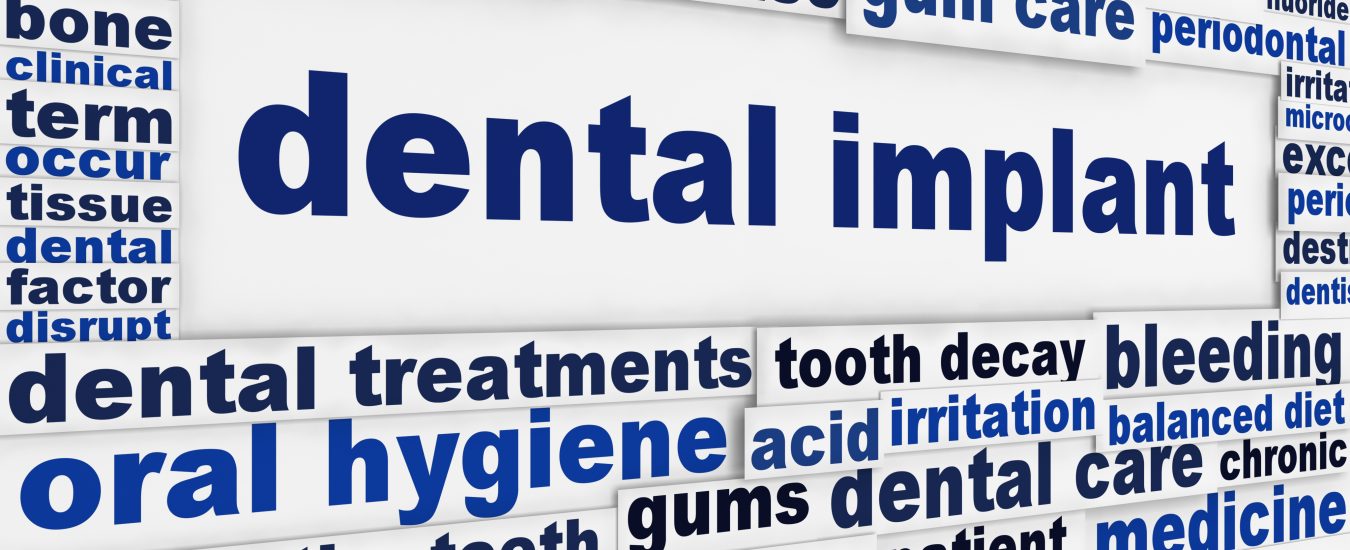Dental implants are a popular and effective long-term solution for replacing missing teeth. They are titanium posts that are surgically placed into the jawbone beneath the gums to serve as artificial tooth roots. Once the implants are in place and fully integrated with the jawbone, replacement teeth such as crowns, bridges, or dentures can be attached to them to restore function and aesthetics.
Here’s an overview of the process of getting dental implants:
- Initial Consultation: The first step is a consultation with a dentist or oral surgeon specializing in implant dentistry. During this appointment, the dentist will evaluate your oral health, including the condition of your teeth, gums, and jawbone. They may take X-rays, CT scans, or dental impressions to assess the bone density and determine if you’re a suitable candidate for dental implants.
- Treatment Planning: Based on the evaluation, the dentist will develop a customized treatment plan tailored to your specific needs and goals. This plan will outline the number of implants needed, the type of restoration (crown, bridge, or denture), and the expected timeline for the procedure.
- Implant Placement: The next step is the surgical placement of the dental implants into the jawbone. This is typically done under local anesthesia, although sedation options may be available for anxious patients. During the procedure, the dentist will make an incision in the gums to access the jawbone, drill holes for the implants, and then place the implants securely into the bone. In some cases, temporary restorations may be placed while the implants heal.
- Osseointegration: After the implants are placed, a process called osseointegration occurs, during which the bone tissue in the jaw fuses with the surface of the implants, providing a strong and stable foundation for the replacement teeth. This process typically takes several months to complete.
- Abutment Placement: Once osseointegration is complete, abutments (connector pieces) are attached to the implants. These abutments protrude through the gums and serve as anchors for the final restorations.
- Final Restoration: The final step is the placement of the replacement teeth onto the abutments. Depending on your treatment plan, this may involve attaching individual crowns, bridges, or a denture to the implants. The restorations are custom-made to match the color, shape, and size of your natural teeth, providing a seamless and natural-looking smile.
Dental implants offer several advantages over traditional tooth replacement options, including improved stability, durability, and long-term success rates. With proper care and maintenance, dental implants can last a lifetime, making them a popular choice for patients seeking a permanent solution for missing teeth.
Looking for a dental clinic in Dublin that can offer you the best dental implant service around? Look no further than St Peter’s Square Dental Surgery in Phibsborough, Dublin 7.
Dental Implants………. €1250 (including crown)

